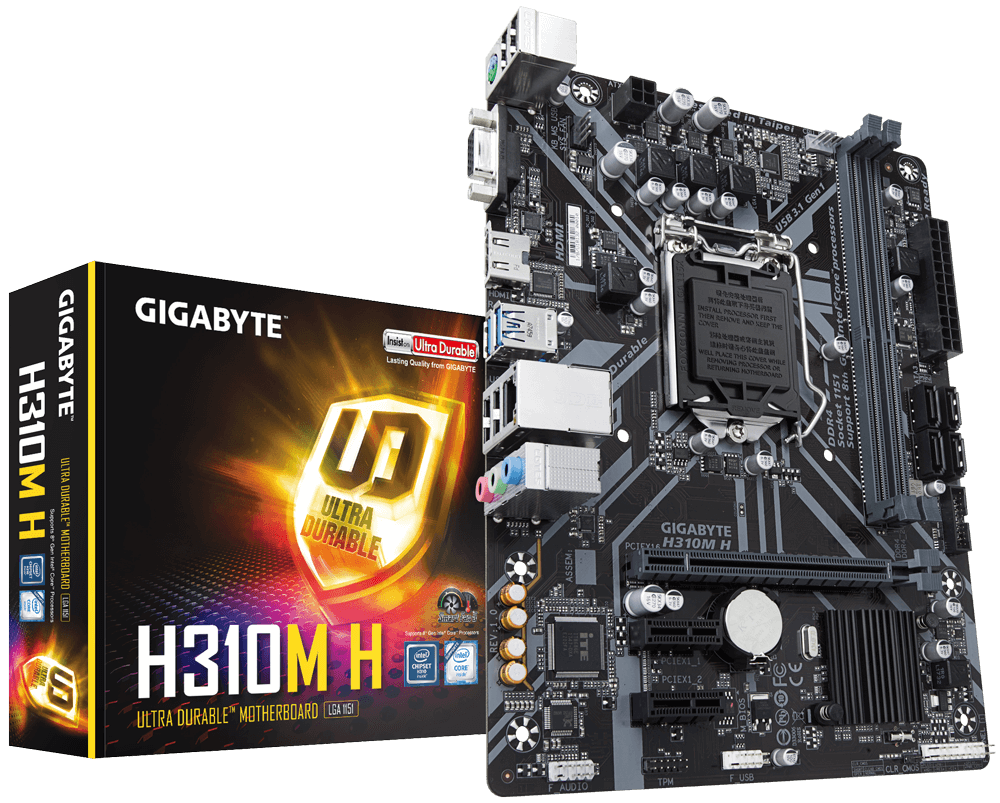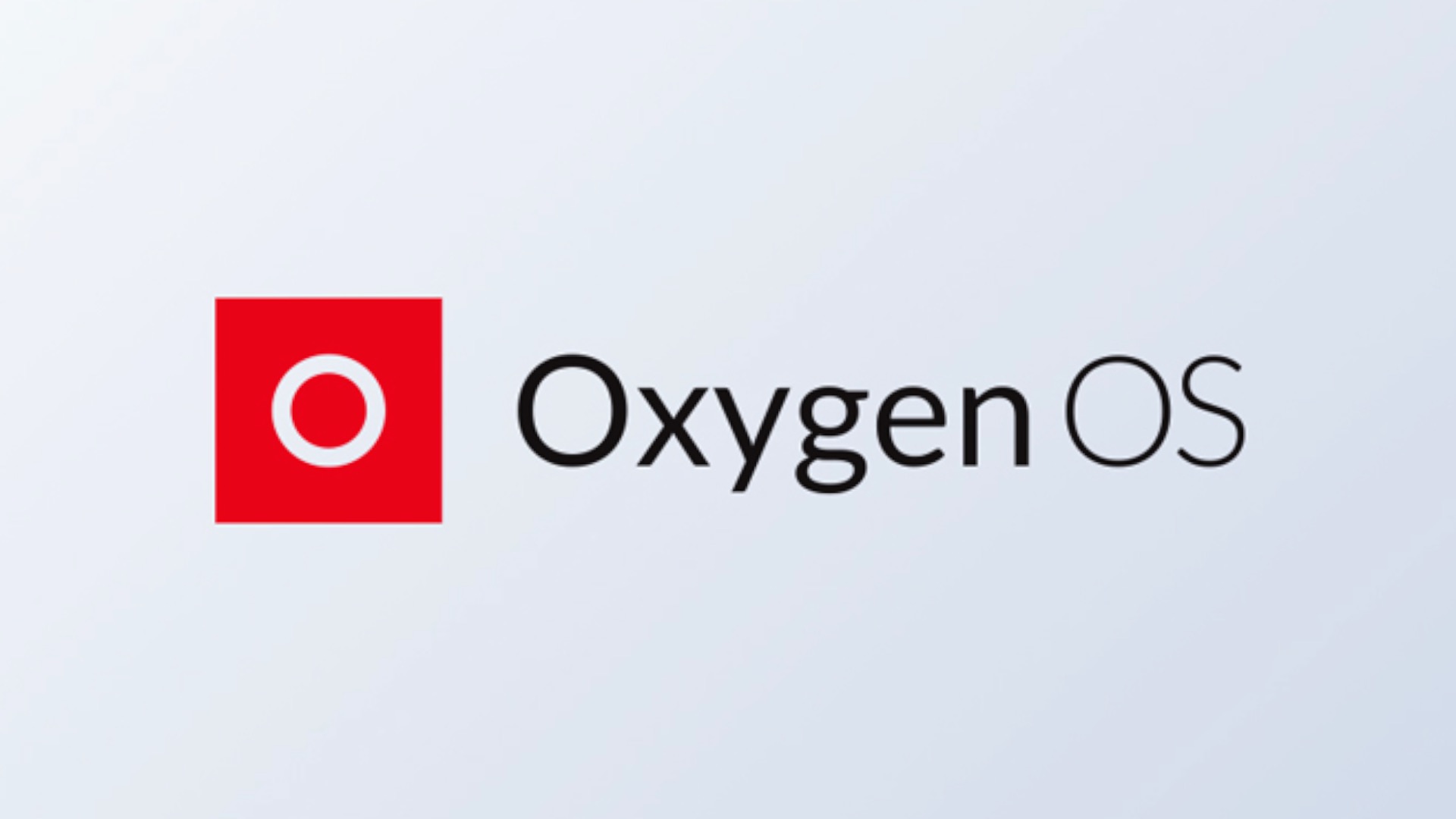In the world of computer hardware, maintaining optimal temperatures for your components is crucial for performance and longevity. The motherboard, often referred to as the heart of the computer, connects all key components, including the CPU, GPU, RAM, and storage devices. To ensure the smooth operation of your system, it’s important to understand what constitutes a normal and safe motherboard temperature range.
Importance of Monitoring Motherboard Temperature
Monitoring motherboard temperature is essential for maintaining the health and efficiency of your computer. The motherboard acts as a central hub, facilitating communication between various components. Excessive heat can lead to performance degradation, system instability, and even permanent damage to your hardware. By regularly monitoring motherboard temperature, you can identify potential issues and take proactive measures to prevent overheating.
What is a Safe Motherboard Temperature Range?
The safe motherboard temperature range typically falls between 30°C to 80°C. However, it’s important to note that these temperatures can vary depending on factors such as cooling setup, ambient temperature, and the quality of your motherboard. While temperatures below 30°C are uncommon, a motherboard temperature exceeding 80°C may not immediately pose a danger but should be addressed to prevent long-term damage.
Factors Influencing Motherboard Temperature
Several factors influence the temperature of a motherboard. Understanding these factors can help you effectively manage and control temperature levels within your system.
1. Component Heat Generation
The primary heat-generating components in a computer are the CPU and GPU. As these components perform intensive tasks, they generate heat. The more demanding the tasks, such as gaming or video editing, the higher the heat production. Overclocking these components can further increase heat generation.
2. Motherboard Design and Components
The design and layout of a motherboard play a significant role in temperature management. High-performance motherboards incorporate features such as heat sinks, heat pipes, and thermal pads to enhance heat dissipation. The quality of components, such as capacitors and transistors, also affects thermal performance.
3. Case Airflow and Cooling Solutions
Proper airflow within the computer case is crucial for effective temperature management. Inadequate airflow can lead to heat buildup and hotspots. Installing case fans and optimizing their placement, along with heat sinks and liquid cooling solutions, can help maintain optimal temperatures.
4. Ambient Temperature and Room Conditions
The ambient temperature and room conditions where your computer is located impact its temperature. Higher ambient temperatures can reduce the temperature gradient between components and the surrounding air, making heat dissipation less efficient. Humidity levels can also affect thermal behavior.
5. Usage Scenarios and Workloads
The nature of the tasks performed on your computer influences motherboard temperature. Intensive tasks such as gaming or video rendering place greater demands on the CPU and GPU, resulting in increased heat generation. Monitoring the temperature during different usage scenarios can help identify potential overheating issues.
6. Overclocking and Voltage Settings
Overclocking, which involves running components at higher frequencies than their default settings, increases heat output. Adjusting voltage settings can also affect temperatures. Care should be taken when overclocking to ensure adequate cooling measures are in place.
7. Cable Management
Proper cable management within the case promotes efficient airflow. Poor cable management can restrict airflow and lead to higher temperatures around components. Neatly arranging cables helps maintain unimpeded cooling airflow.
8. Quality of Thermal Interface Materials
Thermal interface materials (TIMs), such as thermal paste or pads, play a crucial role in heat transfer from components to heat sinks. High-quality TIMs ensure efficient thermal conductivity, enhancing heat dissipation. Regularly checking and replacing degraded TIMs can help maintain optimal temperatures.
9. Operating System and Software
Certain software applications or operating system tasks can place a load on the CPU or GPU, increasing temperatures. Monitoring software, background tasks, and running multiple applications simultaneously can collectively impact motherboard temperature.
10. Maintenance and Dust Accumulation
Dust accumulation within the case can insulate components and obstruct airflow, leading to higher temperatures. Regular cleaning and maintenance, including dusting off particles from fans, heat sinks, and filters, help ensure effective heat dissipation.
Safe VRM Temperature on Motherboard
The Voltage Regulator Module (VRM) on a motherboard is responsible for regulating and supplying power to the CPU and other components. Maintaining a safe VRM temperature is crucial for stable operation. While safe VRM temperatures can vary, it’s generally recommended to keep them below 100 degrees Celsius under load conditions. Exceeding this threshold can lead to performance degradation and potential damage.
Impact of High Temperatures on Motherboard
High temperatures can have several adverse effects on a motherboard and the overall system performance.
1. Thermal Throttling
Modern motherboards and processors have built-in safeguards to protect against overheating. When temperatures exceed safe limits, the system may activate thermal throttling, reducing the clock speed and performance of the CPU or GPU. While this protects the hardware, it results in diminished performance during critical tasks.
2. Reduced Component Lifespan
Excessive heat can accelerate the aging process of sensitive components, such as capacitors and transistors, on the motherboard. Prolonged exposure to high temperatures may lead to component degradation, shortening the overall lifespan of the motherboard and other interconnected hardware.
3. Instability and System Crashes
Elevated temperatures can introduce instability to the system, resulting in crashes, freezes, and unexpected shutdowns. These occurrences can disrupt workflow and potentially lead to data loss or corruption if the system crashes during critical operations.
4. Risk of Permanent Damage
Prolonged exposure to high temperatures can cause irreversible damage to the motherboard and other components. Overheating may lead to solder joint failures, capacitor leaks, or other hardware malfunctions that are challenging and costly to repair.
How to Lower Motherboard Temperature
To maintain optimal motherboard temperatures and prevent overheating, several strategies can be implemented:
1. Improve Case Airflow
Enhancing airflow within the computer case is crucial for effective temperature management. Install additional case fans to promote better air circulation and ensure a balanced configuration of intake and exhaust fans. Neatly arrange cables to prevent airflow obstructions and regularly clean the case to remove dust buildup.
2. Upgrade Cooling Solutions
Consider upgrading cooling solutions such as the CPU cooler and VRM heatsinks. High-performance air coolers or liquid cooling solutions can more effectively dissipate heat from critical components. Additionally, applying thermal paste correctly and replacing degraded thermal interface materials can improve heat transfer.
3. Adjust Fan Curves and Undervolt
Customize fan curves in the BIOS or software to increase fan speeds during periods of high load. This ensures optimal cooling airflow. Undervolting the CPU and GPU can also help reduce heat generation, but caution should be exercised to maintain stability.
4. Optimize Component Placement
Ensure that components are properly placed within the case to maximize airflow. Consider the arrangement of graphics cards, storage drives, and other components to minimize heat buildup and create efficient cooling paths.
5. Manage Overclocking and Voltage Settings
If you have overclocked your components, consider dialing back the overclock settings to reduce heat generation. Adjusting voltage settings can also help lower temperatures. However, it’s important to strike a balance between overclocking and temperature management to maintain stability.
6. Regular Maintenance
Regularly clean your computer case, including fans, heat sinks, and filters, to remove dust and debris that can impede airflow. Replace degraded thermal interface materials and ensure proper cable management to maintain unobstructed airflow within the case.
Conclusion
Monitoring and maintaining a normal and safe motherboard temperature range is crucial for optimal performance and longevity. By understanding the factors that influence motherboard temperature and implementing effective cooling strategies, you can prevent overheating issues and ensure the reliable operation of your computer system. Regular monitoring, proper case airflow, optimized cooling solutions, and regular maintenance will help you maintain a safe temperature range for your motherboard and other components, ensuring a smooth computing experience.







